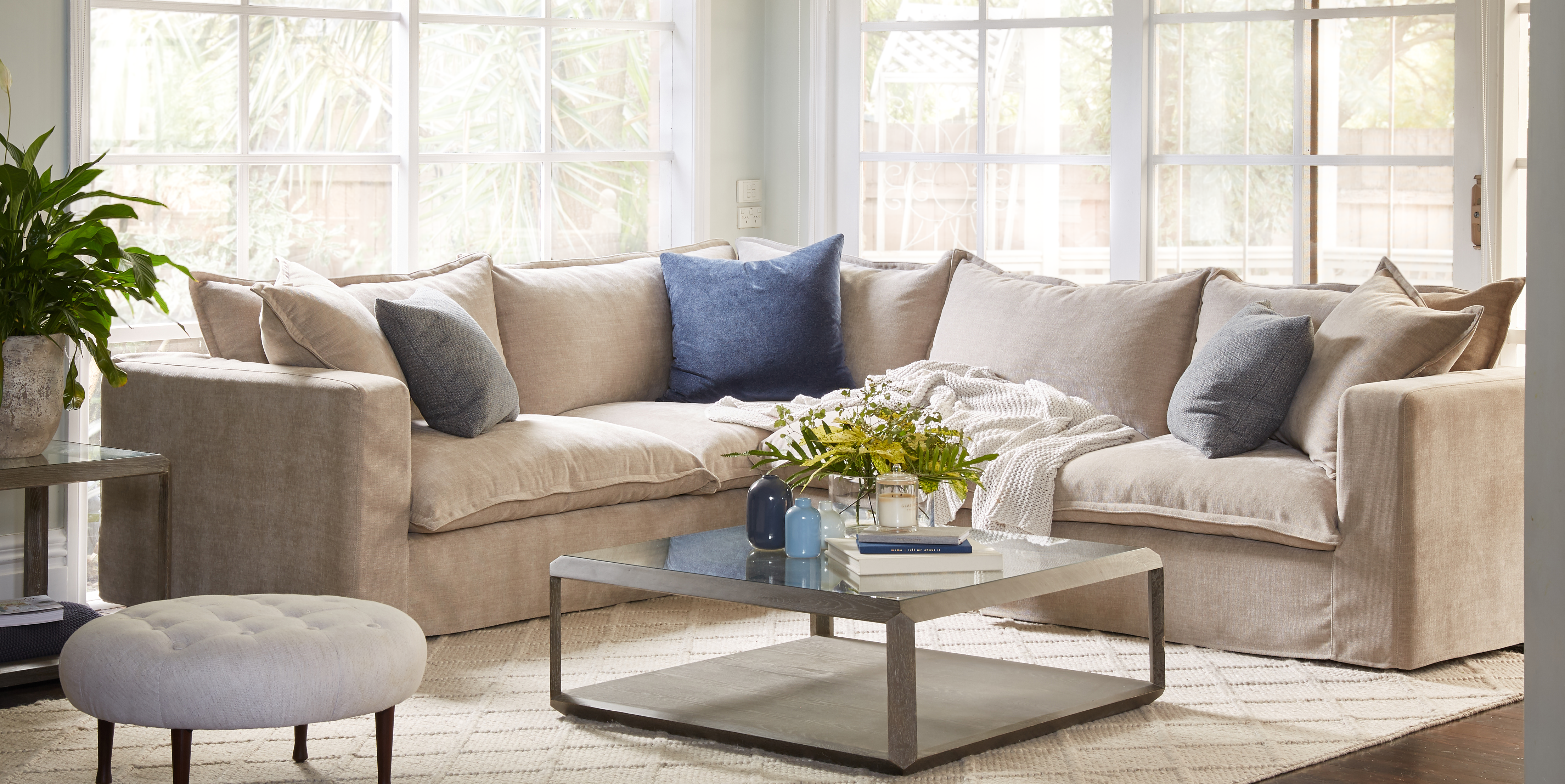Fabric and Leather Care
Always refer to the fabric care label that is provided before attempting to clean. Fabrics vary in composition, so cleaning instructions will vary depending on the fabric type. Our fabric warranties are covered by the fabric suppliers, not Molmic.
- If a thread becomes loose DO NOT PULL IT, simply cut it off. Avoid sharp objects as this may snag threads (rings, belts etc)
- We recommend that furniture with removable covers are cleaned while still on the sofa to minimise shrinking.
- Molmic washable covers – Molmic only promotes a selection of fabrics that are specially pre-shrunk so they can be washed and dried in your regular machine at home. Wash at 30 degrees or dry clean. Wash dark colours separately. Tumble dry, Steam iron on reverse of the fabric. Avoid washing powders/liquids that contain optical brighteners.
Molmic recommends professional cleaning of your sofa each year to keep it looking its best.
Fabric Care Codes
Please refer to your fabric care code sewn to your sofa under the seat cushions to determine the correct method of care and cleaning. These cleaning instructions are based around the fibre content of your fabric and are recommended by the FIAA (Furniture Industry Association of Australia).
